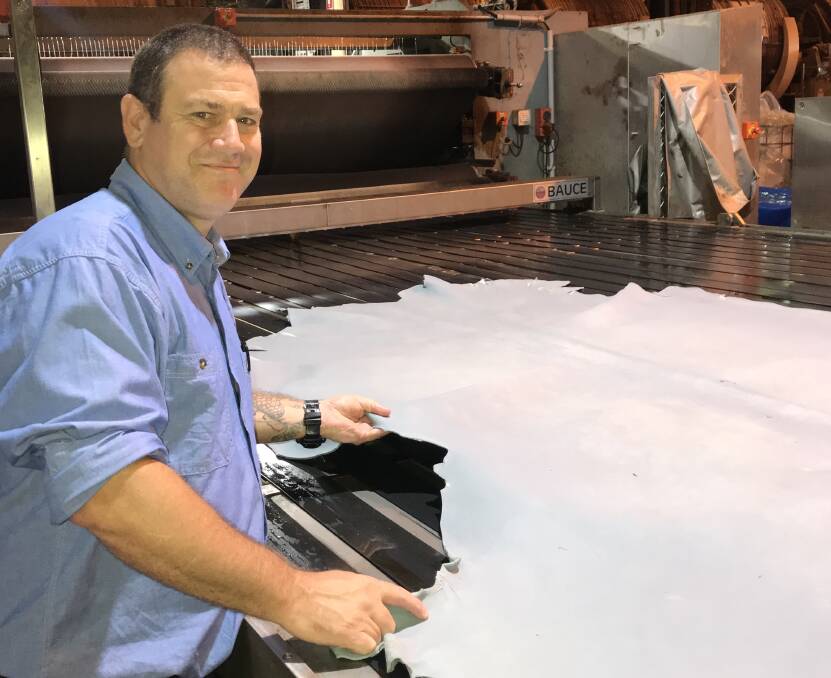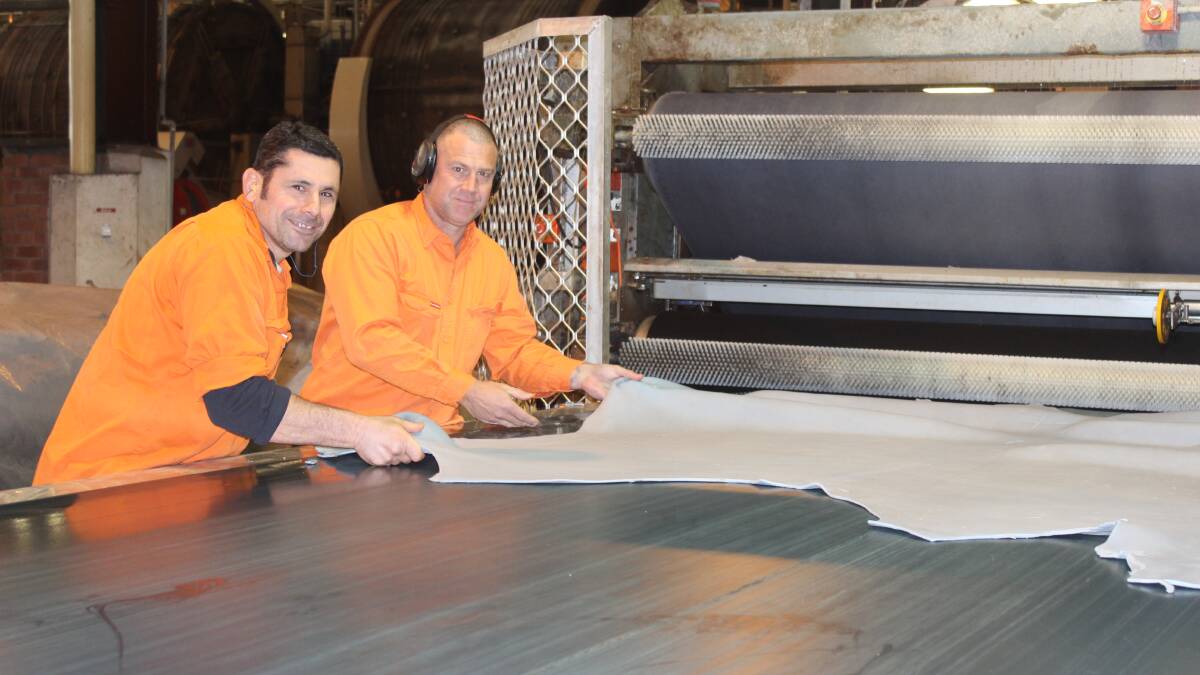
CATTLE hides are piling up in warehouses across the nation and going out the door at below the cost of production as the market for leather continues to disintegrate.
Subscribe now for unlimited access to all our agricultural news
across the nation
or signup to continue reading
Some processors are endeavouring to render the lower quality ticky or dairy cow hides to salvage some value and others are blazing trails into new markets, such as India, but little improvement in demand and prices in the short term is expected.
Beef market analysts specialising in co-products estimate producers are wearing a $50/head loss on the back of hide prices halving in the past 18 months.
Hide skin and leather producers have marshalled on a global level to launch a US$1.5 million marketing campaign largely aimed at informing millennials of leather’s all natural attributes and its sustainability credentials over and above its synthetic competition.
Vincent Topper, from big hide and leather exporter AI Topper, said the worldwide glut of lower quality hides meant Australian processors not prepared to “give them away” could no longer move stock.
The top end was moveable but at a very small margin, he said.
Mr Topper said the shift by major shoe companies to synthetics was the big downward driver of demand for leather but the automotive industry was also contributing.
He felt improving the bottom line was the major incentive for shoe companies to source cheaper materials, as opposed to pressure from animal rights groups to move away from bovine products.
Market consultant Dennis King said hide prices were down a further $1 to $2 a piece across the categories month-on-month, including high grade Victorian hides.
The 280 to 350 kilogram Victorian hides were now back to $19, down almost 60 per cent on a year ago. Ticky Queensland hides in the same weight category are making just $8.50.
Proactive
The Northern Co-operative Meat Company’s tannery in Casino has sent some product to India in a bid to expand its customer base from the traditional China, Italy and Asia business but chief executive officer Simon Stahl said it would take some time to develop the new market.
“As dramatic as it is, we are viewing this price slump as a cycle,” he said.
“We believe in the business long term. Because leather is such a sustainable and high quality product, it will be back in high demand.
“Having said, we are watching costs closely and working with customers internationally to ensure quality is there.”

So far, the Casino operation has been able to clear all inventory but some has gone under the cost of production, Mr Stahl said.
The size of the fall in prices, and the length of time it has continued, probably caught the industry by surprise, he said.
“We’ve lost ground to synthetics and fake leather - chemically-made products not nearly as environmentally sustainable as leather. We’ve not been singing the virtues of leather enough,” he said.
Rumen pillars hot
Meanwhile, the beef byproducts market overall has maintained its position due largely to the lower Australian dollar, Meat and Livestock Australia’s January co-products report shows.
Rumen pillars had become extremely valuable, sent to human consumption markets in Asia, Mr King said.
The 700 gram category had jumped from $12 to $13 per kilogram to more than $20 in the past two years, he said.
Along with rumen pillars, tails and tendons and tongues to Japan and Korea was among the higher priced offal market.
“Oxtail soup is a staple in hotels and restaurants in Korea and Indonesia which underpins demand,” Mr King said.


